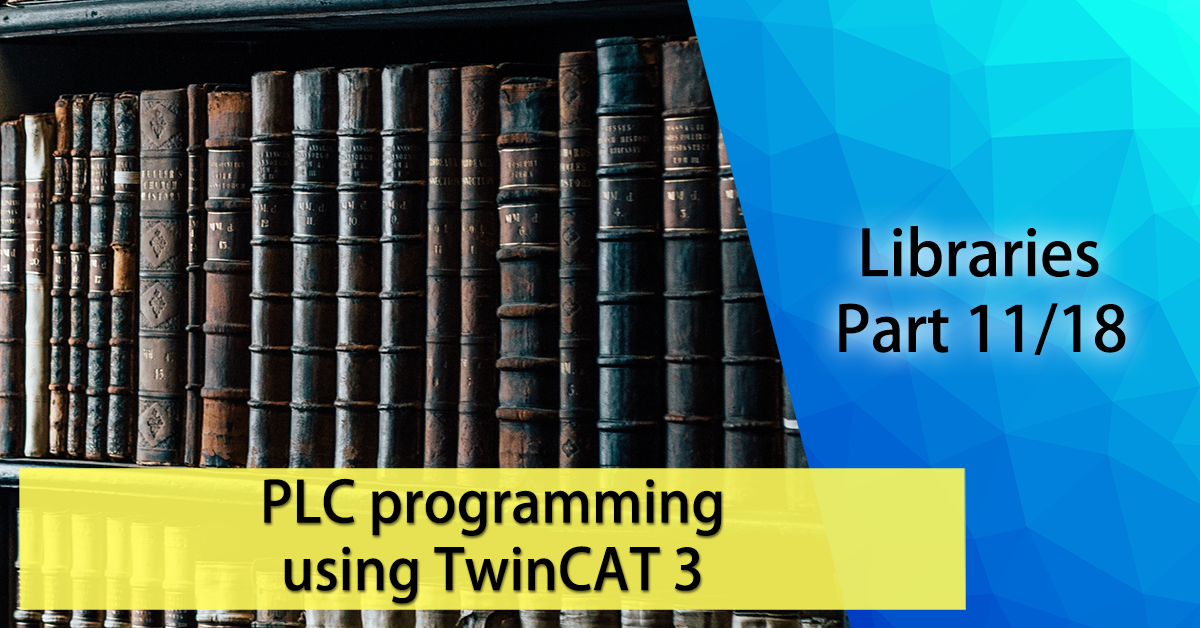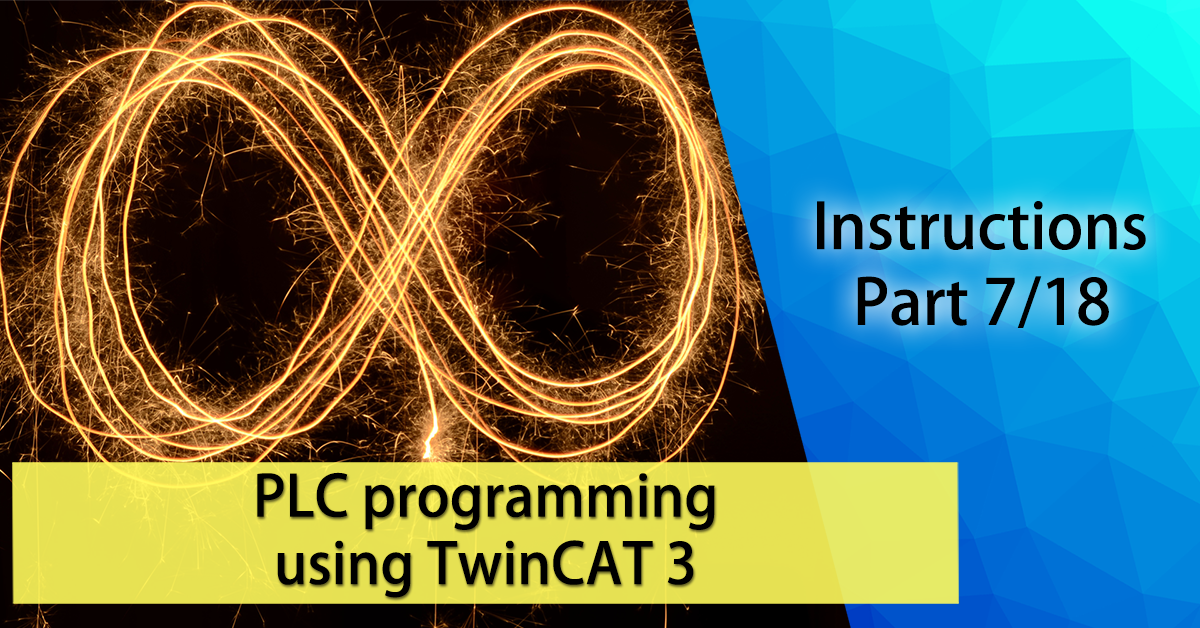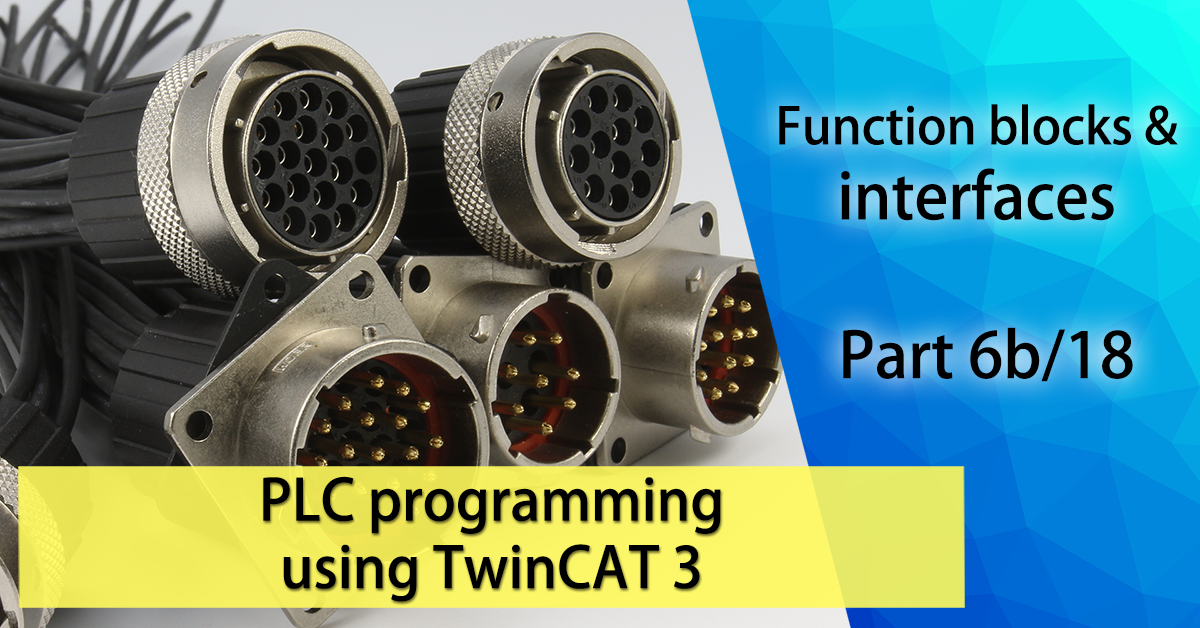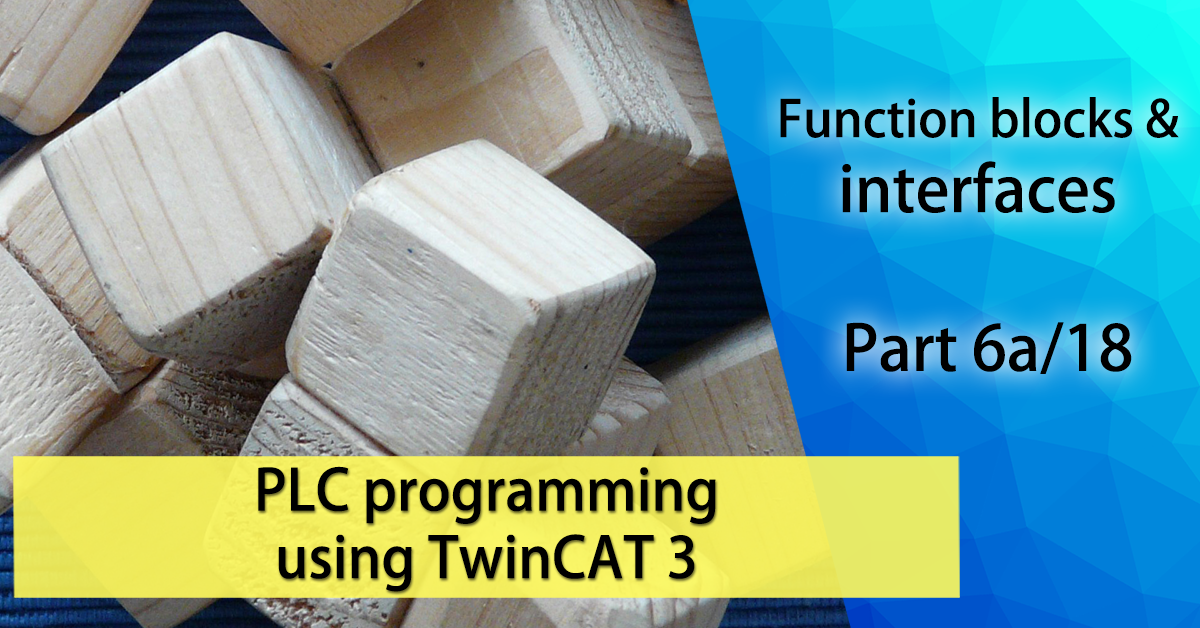Dear existing & future PLC software developers, I have published part 12 of my free PLC programming using TwinCAT 3 tutorial.
When installing the TwinCAT development environment and runtime you get access the core functionality, but sometimes you might want to extend this with additional functionality as for example adding an SQL database connection. In this chapter we will investigate some TwinCAT functions that can be added.










